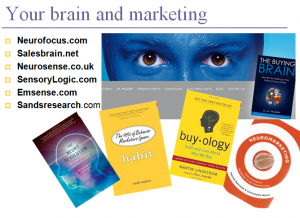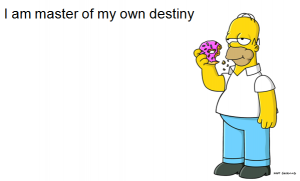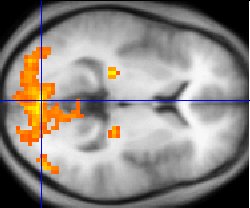 What are two key elements to creating content that get results? I stumbled across an interesting quote on a site that gets to the heart of content marketing matters:
What are two key elements to creating content that get results? I stumbled across an interesting quote on a site that gets to the heart of content marketing matters:
“Evolution tends to favor action over thinking. That hasn’t changed. Emotion controls the mind as it did when humans first came on the scene.
“People react much more emotionally than companies dare to think. Purchasing decisions are never driven by logic alone. Emotion and narrative are key, they are the very structure of mind and of human nature.
“All successful marketing campaigns – whether using primeval or post-digital technologies — have responded to this phenomenon.” ~ Dr. Bob Deutsch, cognitive anthropologist, BrainSells.com
Emotion and narrative… Remember these two crucial keys to content marketing.
I’m going to take a broader view and relate narrative to branding. Branding tells a story in the blink of an eye.
How can brands, which are designed to make an instant visual and emotional impact, take advantage of emotions and narrative to connect with consumers emotionally?
I am reading Dan Hill’s excellent book Emotionomics. He says this about branding and narrative:
“…brand equity accrues to the extent that a company’s brand story provides the two main components of a successful story. The first is an attractive personality. The second is positive signature associations by which the company becomes familiar and comfortable to members of its target market.”
In other words, a company’s brand works when: Read More→










